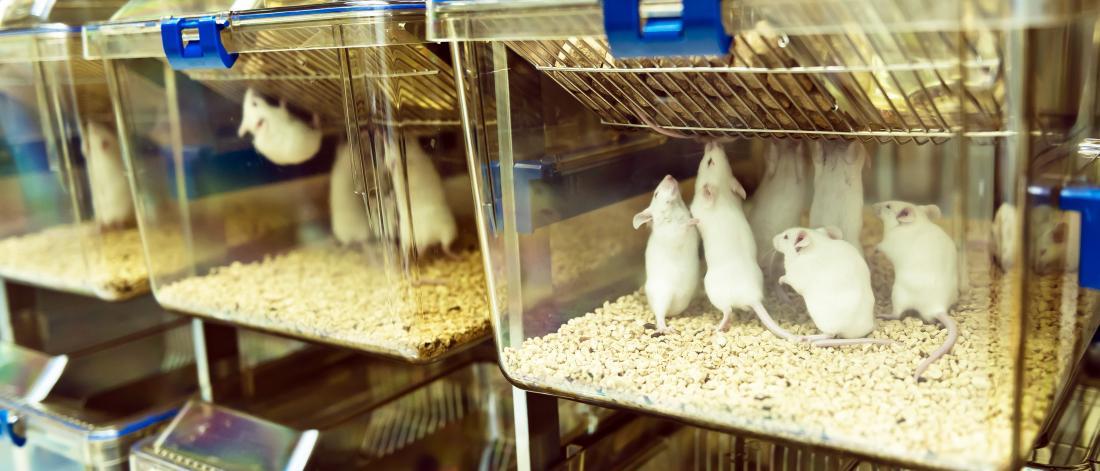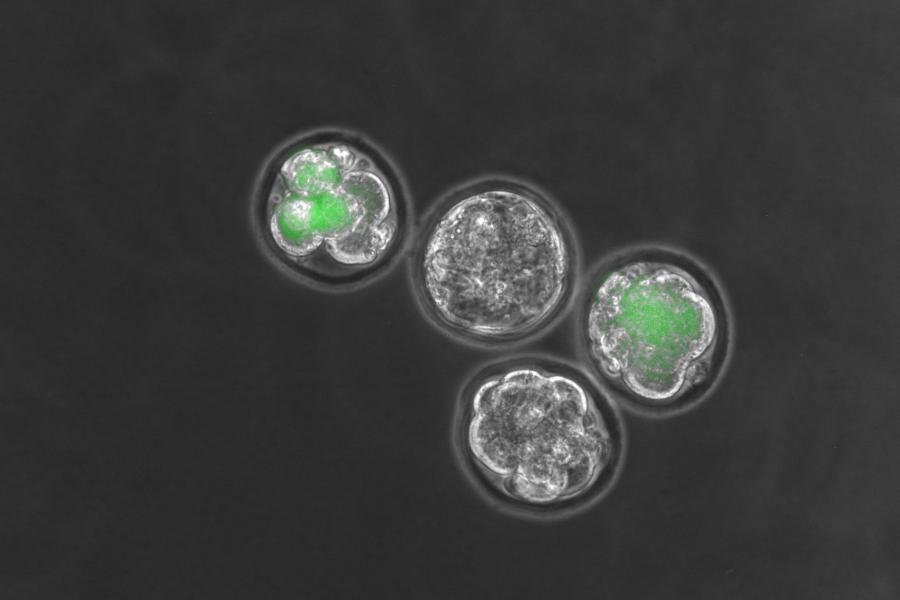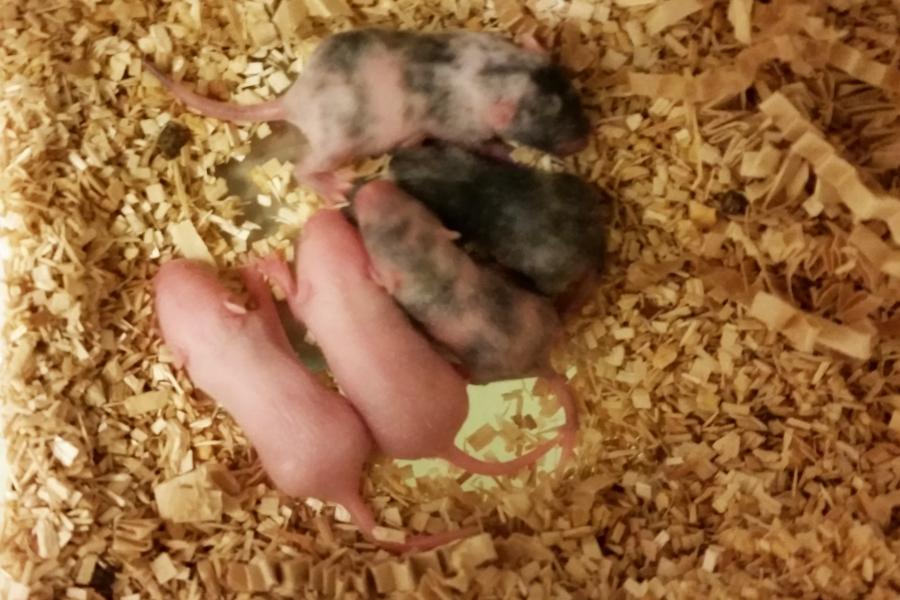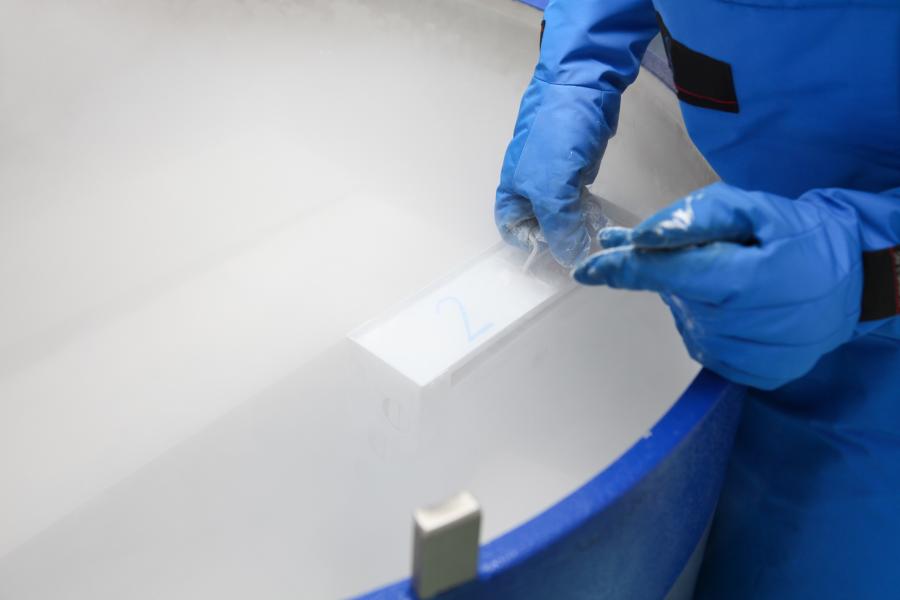Creating Mouse Embryonic Fibroblasts (MEFs) allows investigators to establish a primary culture from genetically modified animals.
What we will do
MEFs are generated from E13.5 or E14.5 dcp (day post-coitum) embryos. Cells may be obtained from an earlier stage of development if homozygosity of a line is lethal before E13.5, although the yield of fibroblasts will be reduced.
MEFs are then expanded and frozen in liquid nitrogen indefinitely for future use.
Known genotypes
If the embryos are of known genotype (i.e. both parents are homozygous at the locus of interest), we will extract MEFs from up to three embryos, culture and harvest the cells. Up to five aliquots of 3 x 106 per cryo-vial will be frozen. A “thaw test” will be performed before transferring the cells to the requestor.
Unknown genotypes
If the embryos are of unknown genotype (i.e. parents are heterozygous), we will extract MEFs from up to 10 embryos. The requester will be asked to genotype a small sample from each embryo within 24 hours, and we will continue to culture up to three embryos of each desired genotype.
What you need to supply
- Female mouse/mice
- Male breeder from which to establish a MEF cell line
Special considerations
The animals used for this procedure will be assigned to the facility transgenic protocol, so investigators do not need to write a protocol for this procedure or to cover these animal numbers.




